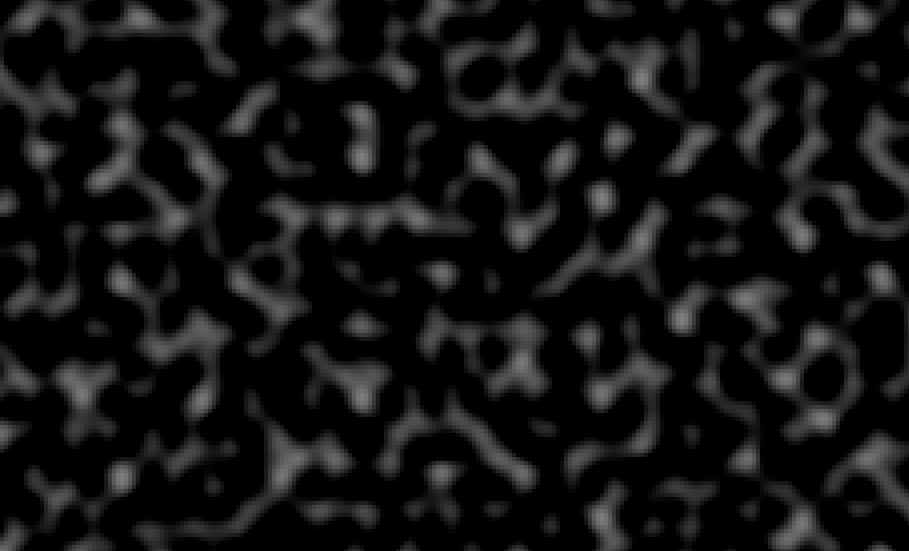I have been playing around for a day with Perlin noise, and I am currently stuck. Most of the modifications I have made to the algorithm produce more or less the following:
Now, this is a very good start, but the idea is to generate terrain similar to real life (as close as I can get at least). Rivers and lakes would be nice to have, but that's way ahead in the schedule, right now I would like some help understanding 2 things.
Let's say that in my image, black is water and grey is land this is quite unlike the earth's shores. On earth continents are large masses of land and if they are cut by watter, it's usually on large areas (Imagine the Mexican gulf or the Mediterranean sea). However my image has a lot of narrow elongated "peninsulas" with patches of water around it. Due to the nature of Perlin noise (the square grid with the underlying random vector field) I am not sure how to create those large clusters of land and water.
The other problem is vertical, if we see the grey scale as a height map, these islands are too odd. In real life one would have large sections of flat land with elongated mountain ranges cutting through.
Some options that I have considered are, changing the smoothing/fade function in the improved Perlin noise algorithm for one that extends over multiple squares in the grid, but this adds too much computational complexity. I have also considered changing the vector field generation from pseudo random to one that follows a pattern, but this doesn't seem like it would actually solve the problem given that Perlin noise, as is, doesn't seem able to generate large consistent clusters.
Edit:
I know about octaves, but they have their limitations, re-sampling perlin noise at different frequencies and amplitudes does change the terrain generation and ca give you some good results:

But even this has issues. For example if I want smooth hills I loose jaggy shores, same as if I try to create more valleys. And doing this also reduces the likelihood of generating islands in the middle of the bodies of water, moreover in terms of topography, the mountains look chaotic, they don't really from mountain ranges, they rather spread semi-chaoticly, which is not exactly what I need.
